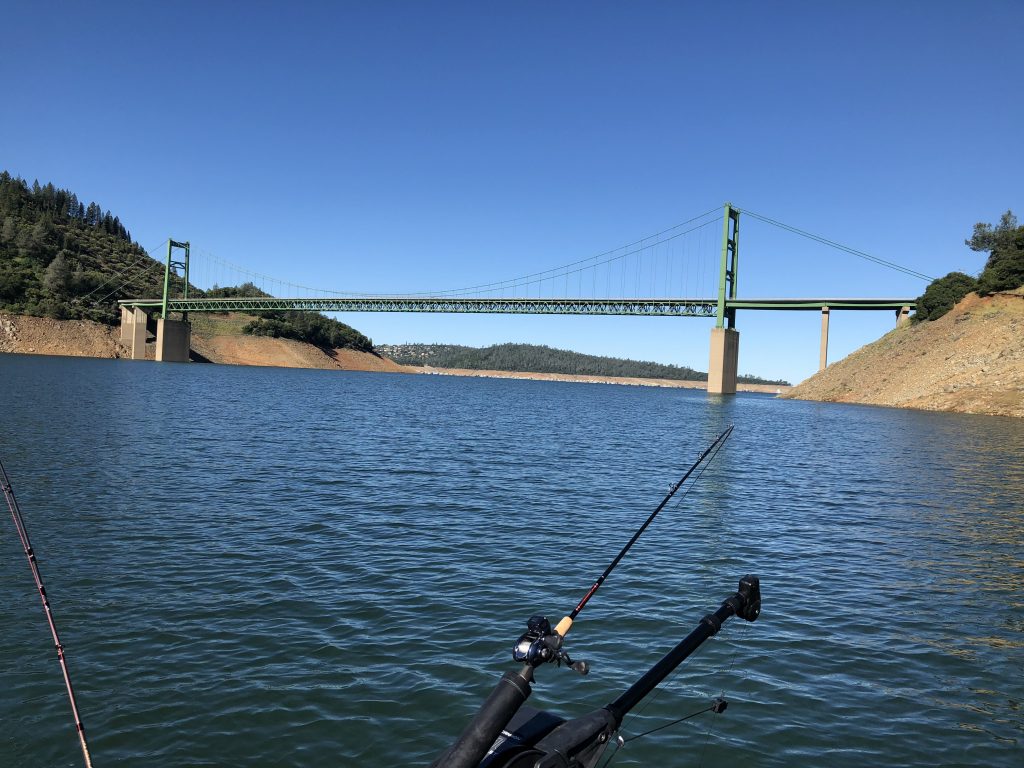NRDC On Plan To Drain Large Reservoirs

As the tweet above suggests, an already struggling aquatic crisis for California’s native fish species can’t be helped if such a plan becomes reality. Here’s more from the Natural Resources Defense Council:
The Bureau of Reclamation recently announced initial water supply allocations for Central Valley Project contractors that would deliver nearly four million acre feet of water this year (primarily for large agribusiness in the Central Valley), and the California Department of Water Resources has previously announced that it would deliver close to another million acre feet of water this year (about half of which would primarily go to irrigate rice along the Feather River). Five million acre feet is a lot of water, especially in a very dry year—roughly enough to supply the City of Los Angeles for 10 years.
But these water allocations would come at a steep cost, because they depend on draining California’s two largest reservoirs (Shasta and Oroville Reservoirs) to levels on par with—or even below—the devastating drought years of 2014 and 2015. This poses an unacceptably high risk of killing the vast majority of endangered salmon below Shasta Dam this year, like in 2014 and 2015 when endangered salmon runs on the Sacramento River downstream of Shasta Dam were decimated by lethal water temperatures, as the tables below show:
Shasta Reservoir (Bureau of Reclamation):
| Year | End of April Storage | End of September Storage | Estimated Temperature Dependent Mortality of Endangered Winter-Run Chinook Salmon |
| 2014 | 2.41 million acre feet (“MAF”) | 1.38 MAF | 77% |
| 2015 | 2.66 MAF | 1.60 MAF | 85% |
| 2021 (Est) | 2.481 MAF Download (per USBR’s February 2021 90% exceedance forecast) | 1.407 MAF | ?? |
Oroville Reservoir (Department of Water Resources):
| Year | End of September Storage |
| 2014 | 1076 Thousand acre feet (“TAF”) |
| 2015 | 1057 TAF |
| 2021 (est) | 794 TAF Download (per DWR’s February 2021 allocation analysis, using 90% exceedance forecast) |
Draining California’s major reservoirs won’t just kill off the salmon that spawn below these dams and threaten thousands of fishing jobs that depend on healthy salmon run; it also means that California will be very badly unprepared if 2022 is also dry.
Check out the full report, as it’s an eye-opening read.



